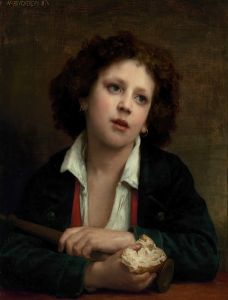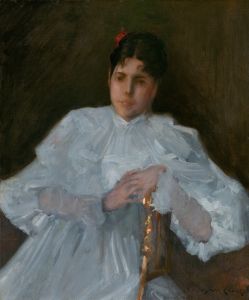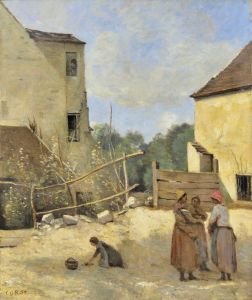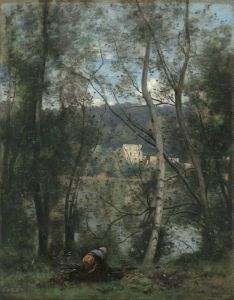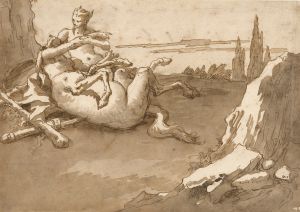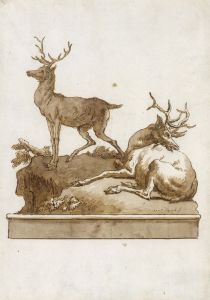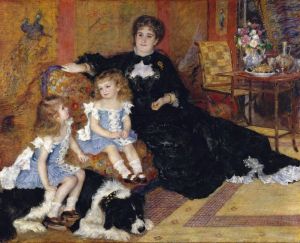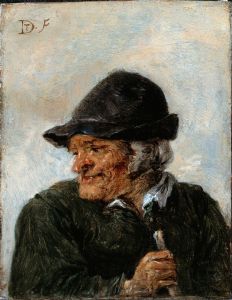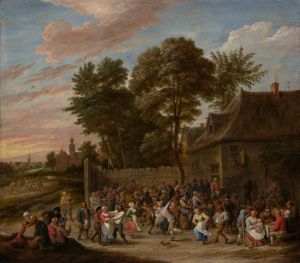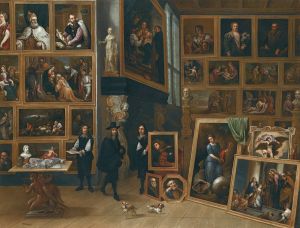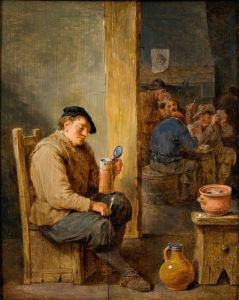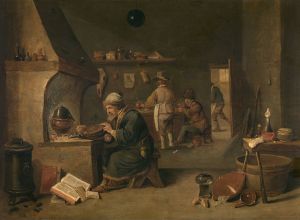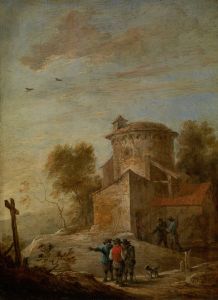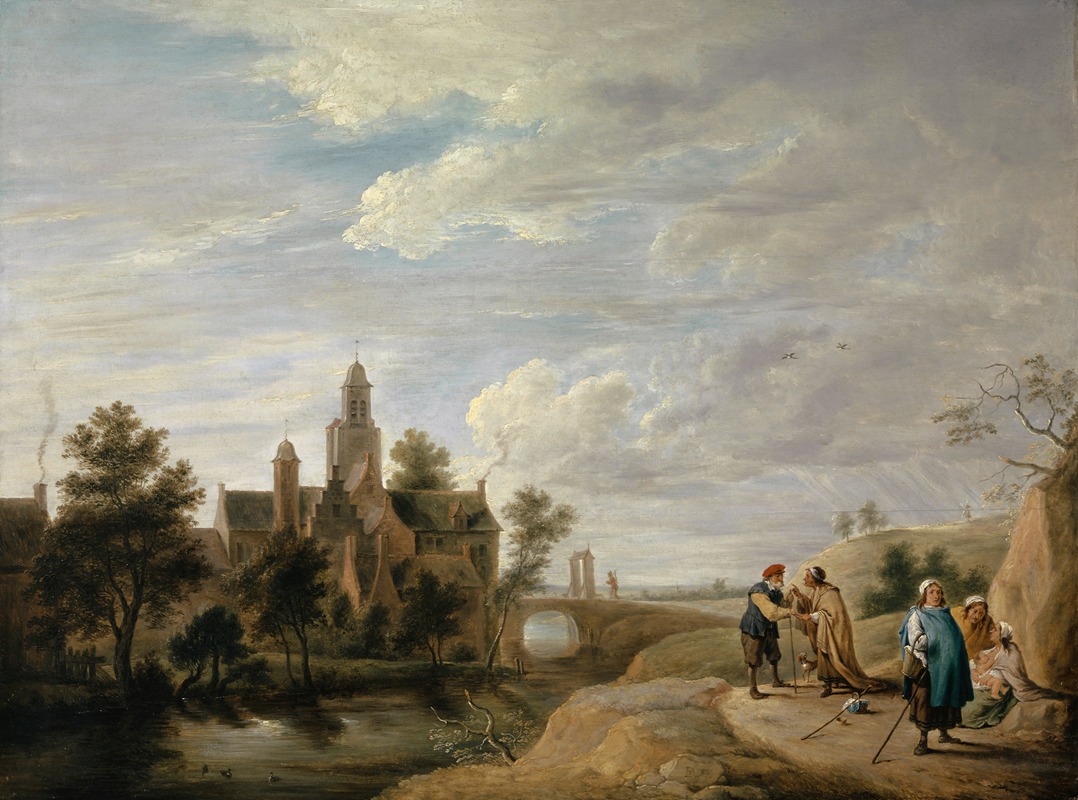
Landscape with Staffage Figures
A hand-painted replica of David Teniers The Younger’s masterpiece Landscape with Staffage Figures, meticulously crafted by professional artists to capture the true essence of the original. Each piece is created with museum-quality canvas and rare mineral pigments, carefully painted by experienced artists with delicate brushstrokes and rich, layered colors to perfectly recreate the texture of the original artwork. Unlike machine-printed reproductions, this hand-painted version brings the painting to life, infused with the artist’s emotions and skill in every stroke. Whether for personal collection or home decoration, it instantly elevates the artistic atmosphere of any space.
David Teniers the Younger was a prominent Flemish painter in the 17th century, known for his contributions to genre painting and his depictions of rural life. One of his notable works is "Landscape with Staffage Figures," which exemplifies his skill in combining landscape and genre elements to create a harmonious and engaging composition.
"Landscape with Staffage Figures" is a painting that showcases Teniers' ability to integrate human figures, known as staffage, into a natural setting. The term "staffage" refers to the small figures of people or animals included in a landscape painting to provide scale, narrative, or interest. In this work, Teniers places these figures within a pastoral landscape, a common theme in his oeuvre, reflecting the idyllic and serene aspects of rural life.
The painting is characterized by its detailed depiction of the landscape, which includes rolling hills, lush greenery, and a clear sky, typical of the Flemish countryside. Teniers' use of light and shadow adds depth and realism to the scene, creating a sense of tranquility and balance. The figures in the painting are engaged in various activities, such as walking, conversing, or tending to animals, which adds a narrative element to the composition and invites viewers to imagine the daily lives of these rural inhabitants.
Teniers was known for his meticulous attention to detail and his ability to capture the subtleties of human expression and interaction. In "Landscape with Staffage Figures," this is evident in the way he portrays the figures' clothing, gestures, and postures, which are rendered with precision and care. The figures are not merely decorative; they contribute to the overall mood and story of the painting, enhancing its appeal and complexity.
The painting reflects the influence of Teniers' contemporaries and predecessors, such as Pieter Bruegel the Elder, whose works often depicted peasant life and landscapes. Teniers' ability to blend these influences with his unique style helped him gain recognition and success during his lifetime. His works were highly sought after by collectors and patrons, and he served as the court painter to Archduke Leopold Wilhelm of Austria, one of the most important art collectors of the time.
"Landscape with Staffage Figures" is a testament to Teniers' mastery of both landscape and genre painting. It exemplifies the harmonious integration of human activity within the natural world, a theme that resonated with the tastes and interests of 17th-century art patrons. The painting remains an important example of Flemish Baroque art, showcasing the skill and creativity of one of its most accomplished practitioners.
Today, Teniers' works, including "Landscape with Staffage Figures," are held in various museums and private collections around the world. They continue to be appreciated for their artistic merit and their ability to capture the essence of rural life in the 17th century. Through his paintings, Teniers offers a window into the past, allowing contemporary audiences to experience the beauty and simplicity of a bygone era.





